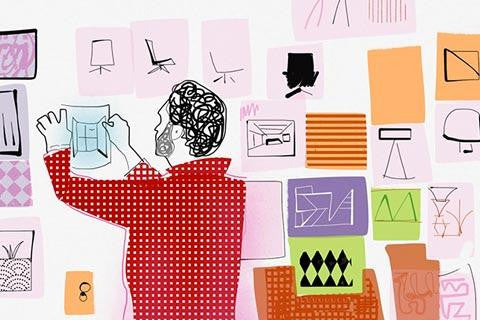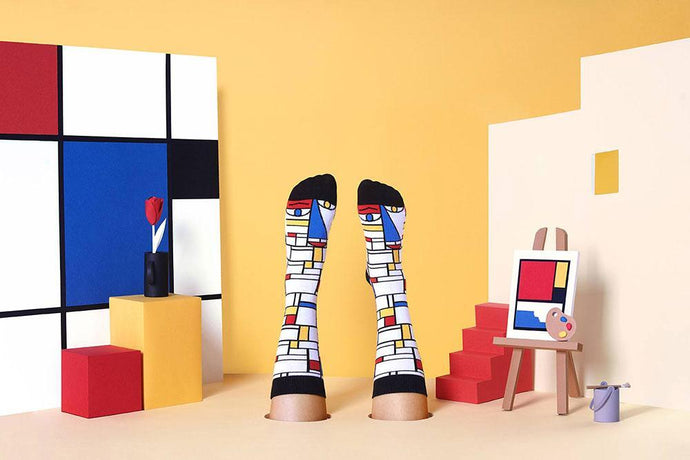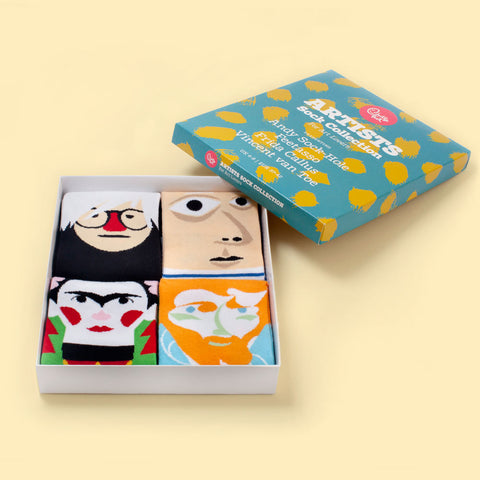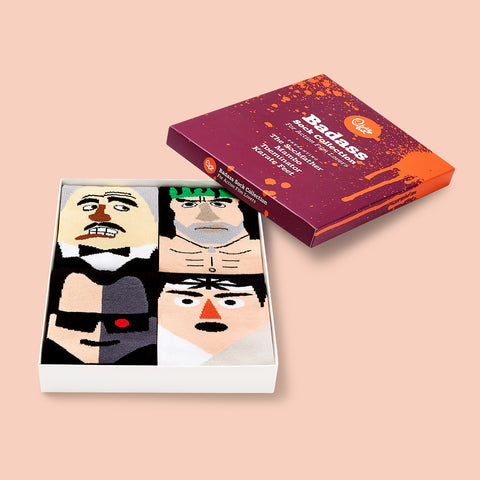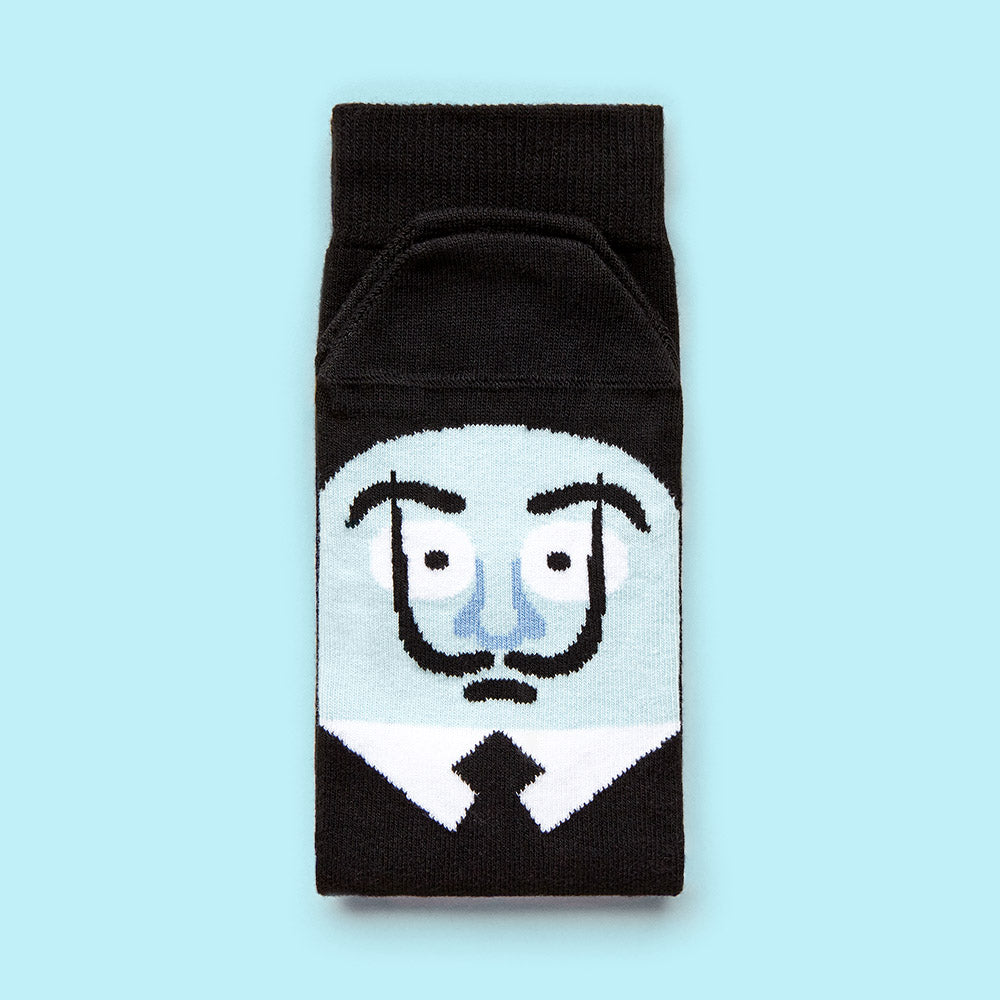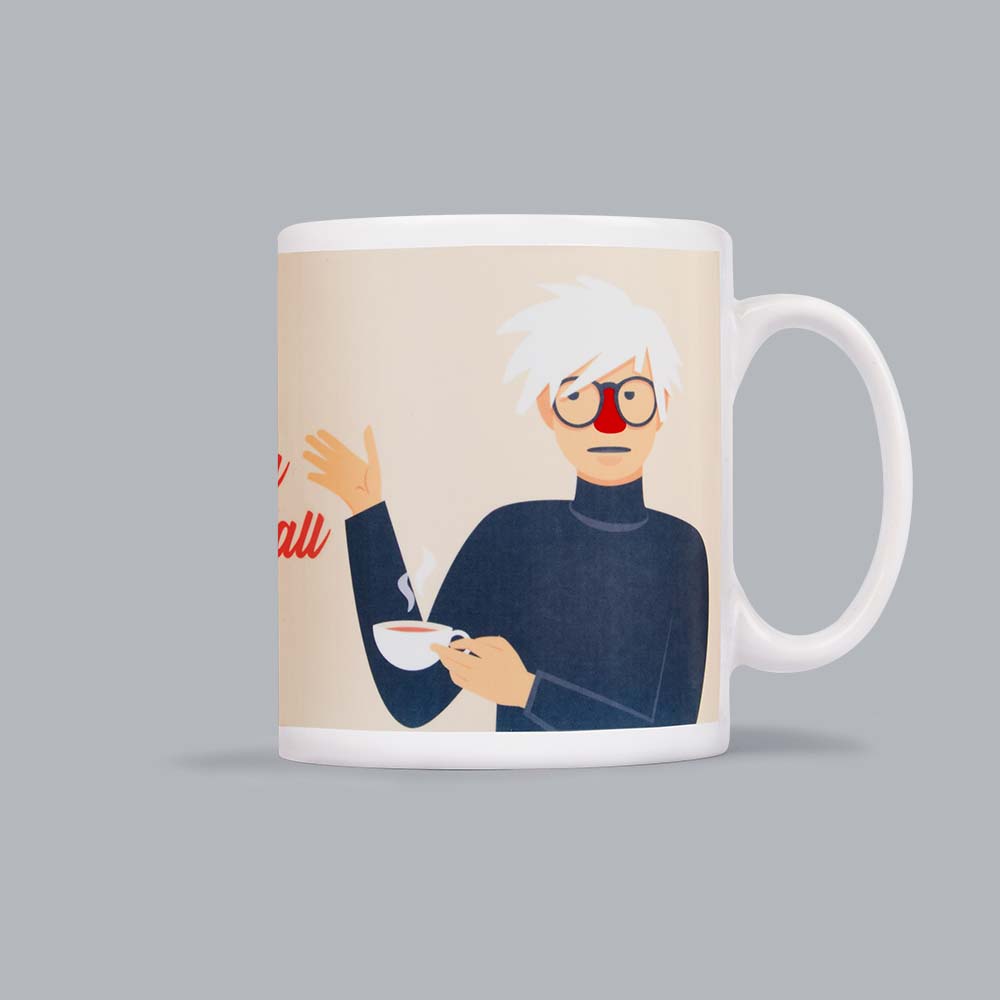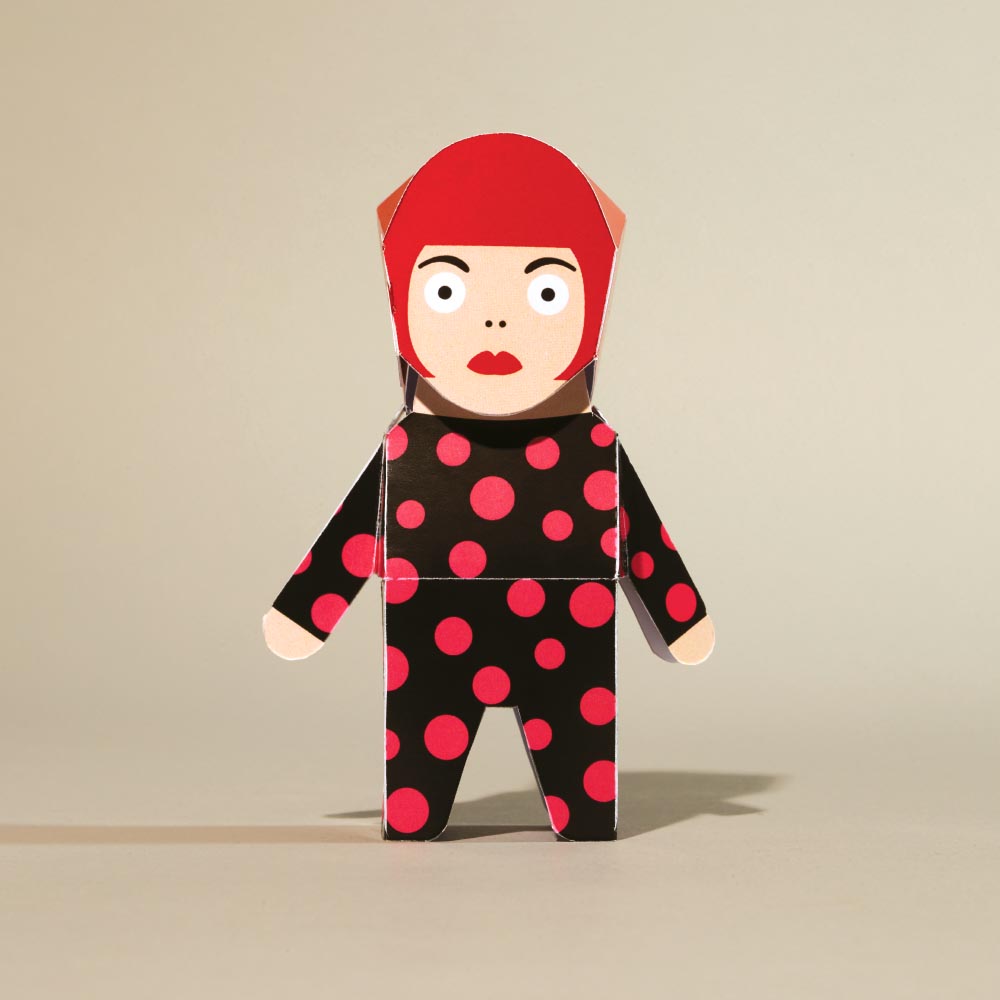Creativity is an amazing skill to have but it’s not necessarily available in the same amounts every day. The way you feel about your ideas change and sometimes your feelings prevent you from creating, which can be really frustrating. This is phenomena is called a “Creative Block” and we’ll discuss how to deal with it and hopefully overcome it today.
When our mind is troubled it usually makes it more difficult to create. Beethoven famously had difficulties composing music during periods of stress and his creative block lasted a particularly long time, stopping him from composing between 1813 and 1820. This coincided with a period when he was preoccupied with legal battles over his nephew Karl so these troubles could have caused the creative block that he suffered from for around 7 years of his career. Minimising stresses and keeping calm when a problem is out of our control can certainly help to prevent creative block from taking hold.
Paul Schrader who wrote the film Taxi Driver said; “True creativity comes from restriction and limitation.” Restrictions can mean having very little time or money, using one specific medium (such as B&W photography) and even having a physical disability. In design schools, one of the most intimidating tasks can be an open brief when the teacher asks you to create whatever you want..! So, in this instance, putting restrictions on a task can help us to focus on the subject and block everything that is not relevant. This will keep creativity flowing and prevent you from becoming overwhelmed by too many options.A common problem when creating is that no idea seems to be good enough to start. You can feel negative about ideas and refuse to take any one of them further. However, it’s always a good idea to start anyway, as Mark Twain said; “The secret of getting ahead is getting started. The secret of getting started is breaking your complex overwhelming tasks into small manageable tasks, and then starting on the first one.” At least trying something out, whether it ends up being the final idea or not, will allow you the freedom to practice, learn from mistakes, gain experience and inform your future work.
Sometimes we get a creative block because we are too fixated on one idea that doesn’t seem to work and we feel trapped. It is therefore common to find yourself changing ideas too quickly, without spending enough time to explore them properly, or you can get stuck on one idea too long without realising the idea simply won’t work. The confidence to take an idea forward sometimes comes more easily after gaining experience in your creative field and you’ll develop this during periods of work, not resistance.
Great ideas come when you’re curious and observe the environment, and a great example of this is the invention of Velcro. A Swiss inventor took his dog for a countryside walk and when he returned home the dog was covered with burrs, a prickly seed case or flower-head that clings to fur. Intrigued, he put the burrs under the microscope and saw small hooks, which gave him the idea to create two-sided fastener known today as Velcro. Simply taking notice of something as small as a burr and being curious about the way things work is sometimes enough to spark an idea and break through a creative block.
In order to understand how to deal with creative blocks better, we asked the designers behind ChattyFeet’s characters to tell us about how they deal with creative blocks.
Onkel Wanskicks
“Creative blocks are absolutely normal and part of the creative work life. Nobody can work full time being creative. That’s why artists do not follow the mainstream 9-5 work timetable. My tips are to accept it, actively seek for inspiration - online, in books, in galleries, in museums - and lower your ambitions. Find elements of the work that make you productive. Practical stuff helps; organising, researching, gathering.”
Dimitra Laskou
“What I usually do when creative block happens - and it happens a lot - is browse through the internet - Pinterest has become one of my favourite places - and try to get visual inspiration. If this doesn't work I believe that stepping away from the computer is good, so go out for a short walk, look around, maybe try to sketch something while sitting outside. Just change your environment. If this doesn't work, I ask my partner. Discussing with another person is good to get a different point of view.”
Mónica Monteiro
“Usually, I imagine a project and the development process turns out to be something completely different. I imagine pizza and give it so many twists and turns that it becomes an omelet..! If I really can’t get anything started, I go outside to see the sun, or even get started on another project instead. I have a folder titled "Things produced while being scared of making mistakes." This folder is great for a perfectionist with neurosis and later it can serve as a source of inspiration for a new project too.
